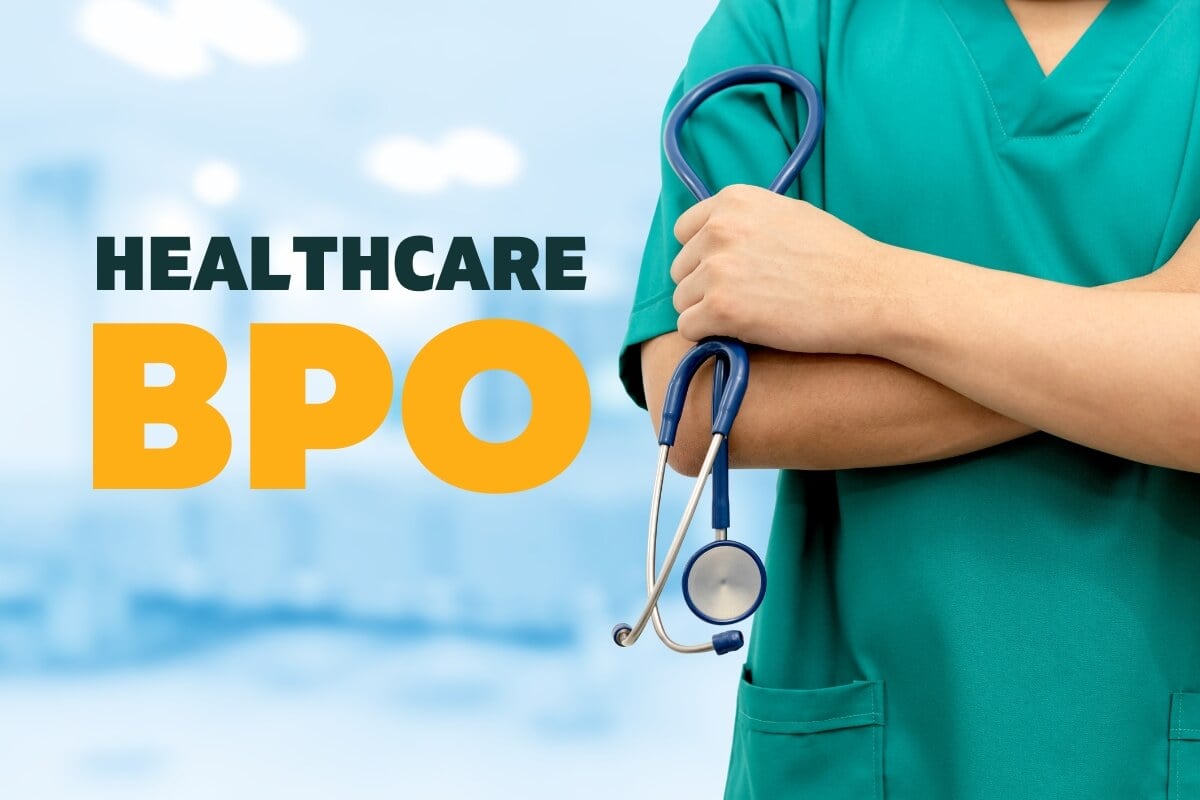Why Healthcare RCM is Crucial for Financial Wellness in Medical Practices
Wiki Article
A Comprehensive Overview on How Healthcare RCM Functions to Simplify Invoicing and Collections
Navigating the intricacies of health care income cycle management (RCM) is important for carriers intending to enhance their billing and collections processes. The overview unloads the ins and outs of RCM, from person enrollment to balance dues administration, offering understandings into enhancing each action. Integrating innovative innovation and standard procedures can significantly minimize claim rejections and accelerate repayment cycles. Yet, real difficulty lies in flawlessly combining these elements to boost cash money flow. As we discover the core parts and approaches that drive performance, one concern stays: exactly how can healthcare entities finest position themselves to prosper economically in an ever-evolving sector?Understanding Earnings Cycle Management
Comprehending the intricacies of Income Cycle Administration (RCM) is essential for health care organizations aiming to enhance their economic efficiency. RCM is an important management feature that encompasses the entire financial process of client care, from the initial appointment readying to the final repayment of the equilibrium. It is a complicated treatment made to identify, collect, and handle the earnings from the services supplied to people. Effective RCM makes sure that doctor obtain timely and accurate repayments, lessening the danger of income loss and improving cash circulation.The RCM procedure starts when a person schedules an appointment and expands via the patient's treatment journey, including invoicing and collections. A key purpose is to reduce the time in between offering a service and getting settlement, thus enhancing the company's monetary health. RCM involves various features such as client registration, insurance policy verification, cost capture, coding, declares submission, payment uploading, and managing denials and allures.
Trick Parts of RCM
In the world of Earnings Cycle Administration (RCM), comprehending its key components is essential to achieving economic efficiency within health care companies. RCM is a detailed procedure that encompasses different phases, each crucial to making sure effective invoicing and collections. The main parts consist of client enrollment, insurance policy confirmation, charge capture, coding, claim submission, repayment uploading, and accounts receivable management.

As soon as coded, cases are sent to payers, where precision is critical to avoid denials or hold-ups - Healthcare RCM. Repayment publishing includes tape-recording the received settlements, which enables the reconciliation of accounts. Finally, balance dues monitoring concentrates on monitoring and addressing unpaid insurance claims, making certain prompt follow-up and resolution
Each component of RCM is adjoined, and inadequacies in any kind of component can interrupt the entire cycle. Consequently, understanding these components is essential for healthcare suppliers to maximize earnings and boost their economic wellness.
Strategies for Efficient Billing

Standardizing billing treatments throughout the organization is one more crucial approach. Developing clear guidelines for documentation, coding, and entry aids preserve consistency and conformity with governing needs. Educating personnel routinely on these procedures ensures everyone is up-to-date with the newest changes in invoicing codes and payer policies.
Precise cost capture is important in protecting against revenue leak. Applying normal audits and tracking systems permits the recognition and modification of discrepancies before they influence profits. Furthermore, preserving open lines of interaction with payers assists to quickly deal with any disputes or misconceptions that might occur.

Finally, appealing people early in the billing process by giving clear quotes and academic materials about their economic duties can significantly reduce complication link and boost payment timeliness. These strategies collectively add to a much more effective and monetarily healthy and balanced billing system.
Enhancing Collections Procedures
Offered the complexities of clinical billing and the selection of payer requirements, improving the collections procedure entails implementing tactical procedures that make certain prompt and accurate settlement of services rendered. Automation tools can aid in tracking claim statuses, sending timely pointers to clients, and taking care of rejections more efficiently.Clear and transparent individual communications are crucial. Giving thorough explanations of costs and using flexible settlement plans can raise individual complete satisfaction and prompt repayments.
Regular audits of the collections procedure ought to be performed to recognize areas for improvement and guarantee conformity with laws. By assessing data, medical care organizations can recognize trends, expect potential problems, and adjust techniques as necessary (Healthcare RCM). Ultimately, a well-enhanced collections procedure not only sustains financial wellness however also adds to an extra seamless experience for people and team alike
Optimizing Profits Streams
Building upon the structure of a strong collections procedure, healthcare organizations can better strengthen their monetary stability by strategically maximizing income streams. This involves a multi-faceted strategy, starting with a thorough evaluation of existing revenue resources to recognize inadequacies and areas for growth. Utilizing innovative browse around this site information analytics devices makes it possible for organizations to acquire insights right into payer mix, person demographics, and solution utilization patterns, allowing for data-driven decisions that improve profits capture.Applying automated billing systems can substantially minimize mistakes and quicken claims processing, making certain that revenue is accumulated extra efficiently. Additionally, optimizing payer contracts through regular negotiations can improve repayment prices and terms, straight affecting the lower line. Branching out service offerings, such as incorporating telehealth or health care, can likewise bring in a wider client base, therefore enhancing income potential.
An additional crucial component is enhancing person involvement and satisfaction, as completely satisfied people are extra most likely to abide by treatment plans and make prompt repayments. Using versatile settlement choices and transparent billing techniques can improve collections and foster person commitment. Healthcare RCM. By embracing these strategies, health care companies can create a much more resilient financial framework, making sure sustained growth and stability in an ever-changing market landscape
Final Thought
In conclusion, medical care Profits Cycle Monitoring (RCM) plays a crucial role in optimizing billing and collections procedures by integrating key parts such as person enrollment, insurance verification, cost capture, coding, asserts submission, and accounts receivable management. By utilizing advanced modern technology, standardizing treatments, and fostering individual involvement, health care service providers can significantly minimize claim denials, increase repayment cycles, and enhance capital. This thorough technique to RCM eventually results in boosted monetary performance and sustainability for healthcare organizations.The RCM process starts when an individual timetables an appointment and extends through the individual's care journey, consisting of billing and collections.One more essential component is improving individual involvement and complete satisfaction, as completely satisfied people are more likely to adhere to treatment plans and make timely payments. Providing versatile repayment choices and clear invoicing methods can boost collections and foster patient loyalty.In conclusion, healthcare Income Cycle Administration (RCM) plays a critical duty in maximizing billing and collections processes by integrating crucial elements such as individual registration, insurance coverage verification, fee capture, coding, claims entry, and accounts receivable management. By utilizing advanced innovation, systematizing procedures, and fostering client engagement, medical care companies can substantially decrease claim rejections, speed up repayment cycles, and enhance cash money circulation.
Report this wiki page